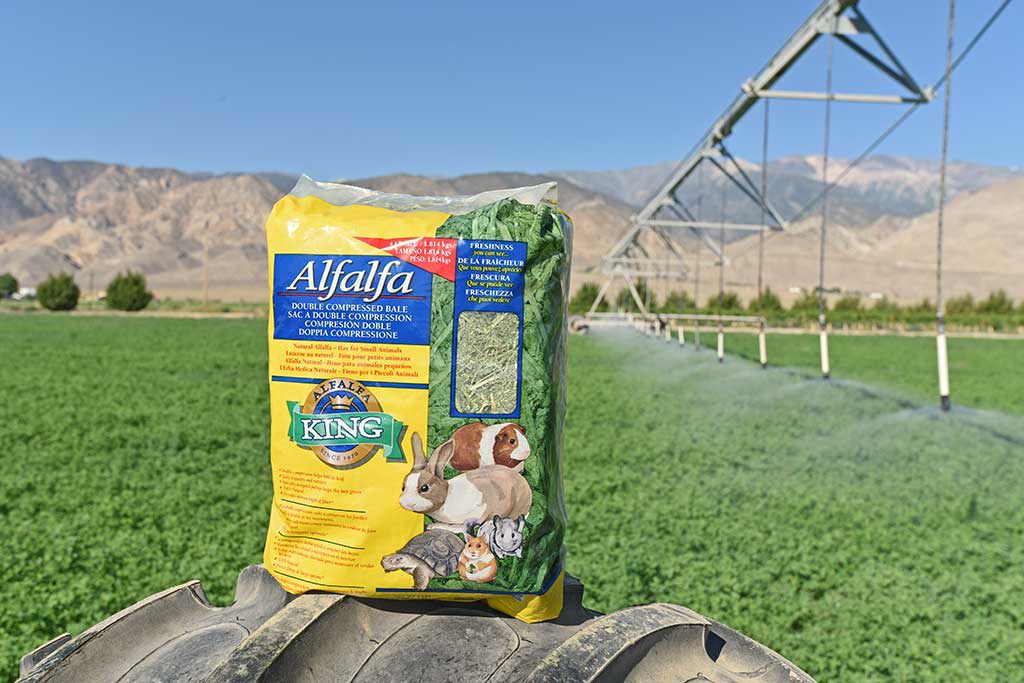
Alflafa al·fal·fa (l-flf)
A south Asian perennial herb (Medicago Sativa Latin) having compound leaves with three leaflets and clusters of usually blue-violet flowers. It is widely cultivated as a pasture and hay crop.
[Spanish, from Arabic al-fafaa : al-, the + fafaa, alfalfa (variant of fifia, from Persian aspist, clover).]
What’s a Legume? Its a vegetable!
Legumes are herbaceouse plants (herbs). The leaves are broad and contain high amounts of nutrients. Legumes as a family are very nutritious and make high quality fodder. Alfalfa, like most legumes grown for forage, has a tap-root and penetrates deeply into the soil.
What is the origin of alfalfa?
Alfalfa is the oldest crop grown solely for forage (Smith et al., 1986) and actual use of it predates recorded history. To the best of our knowledge, the origination of alfalfa is in present day Iran or in mountainous regions of adjacent countries east of the Mediterranean Sea in southwestern Asia.
We can assume that origination of species always precedes use, which may or may not have been recorded. It does not necessarily imply domestication. As to relative dates, Russelle (2001) states “…charred seed of wild alfalfa have been identified in layers that date to about 6000 BC at Ali Kosh, in present-day southwestern Iran. And at Abu Hureyra, a very early agricultural community in Syria, charred remains of small – seeded legumes date from about 10,000 BC” — continuing from the Russelle quote — yellow-flowered alfalfa, Medicago falcata, seed has been found at a fourth millennium BC site in northwestern Pakistan and at third and second millennium BC sites in northern Afghanistan and Kashmir.” Related forms and species are found as wild plants scattered over central Asia and into Siberia.
By the 1st century B.C., it had spread to Greece and to China (by the Silk Road), and the Roman Columella planted alfalfa in southern Spain by 100 A.D. Alfalfa spread it roots into the New World with the Conquistadors, jumped the Chilean cordillera into Argentina in the late 1700s and arrived in New Zealand and Australia around 1800. Still more importation took place when Niels Hansen brought winter hardy varieties from Turkestan in 1897.
Alfalfa Nutritional information
Double Compressed Alfalfa Bale *Guaranteed Analysis
- Crude Protein (min)………………………….. 18.0%
- Crude Fat (min)……………………………….. 1.5%
- Crude Fiber (max)……………………………. 30.0%
- Moisture (max)……………………………….. 14.0%